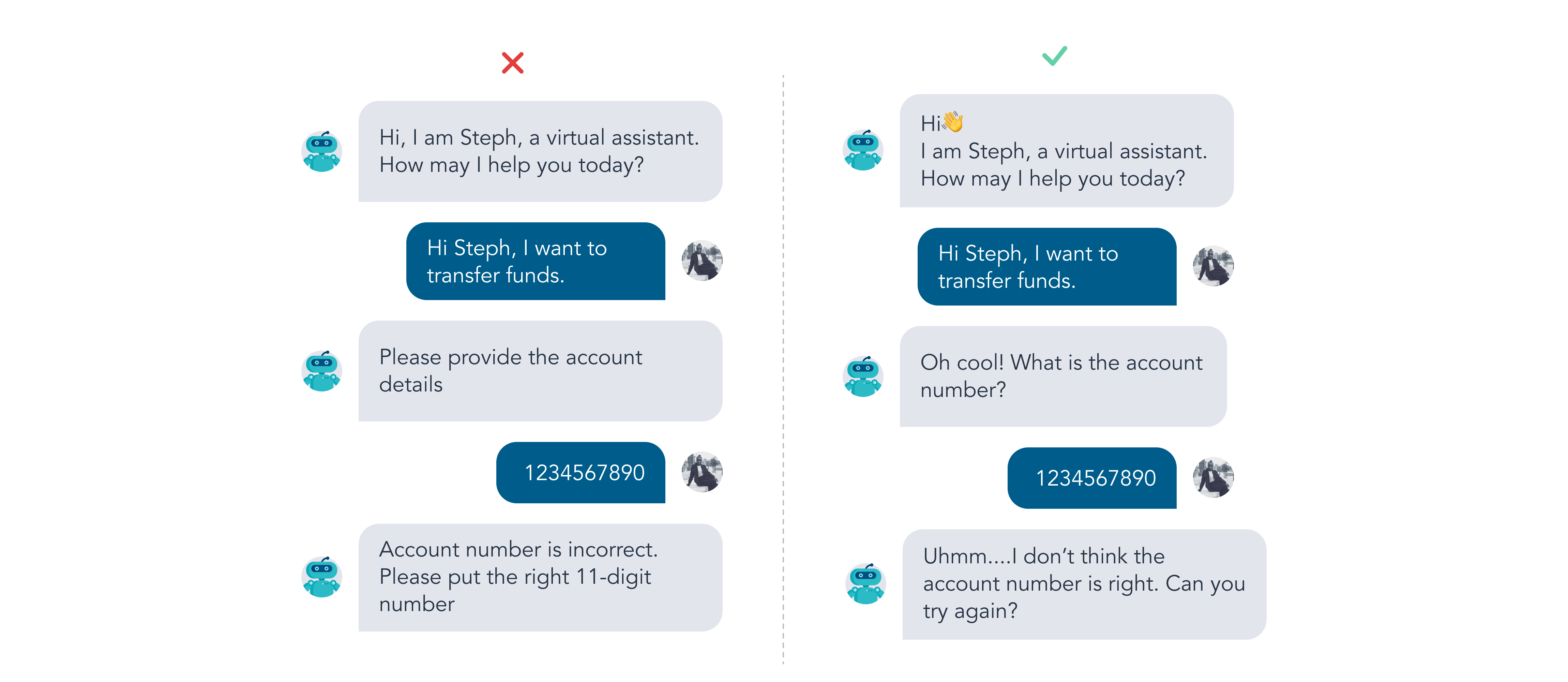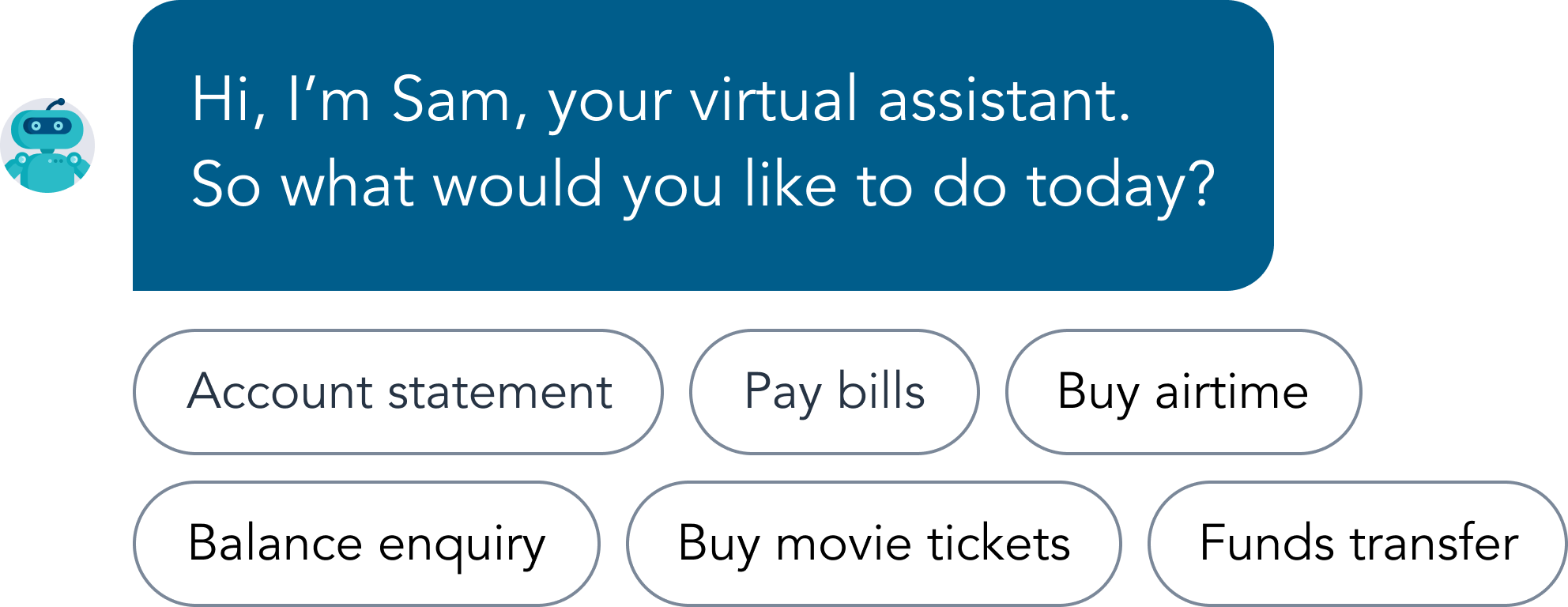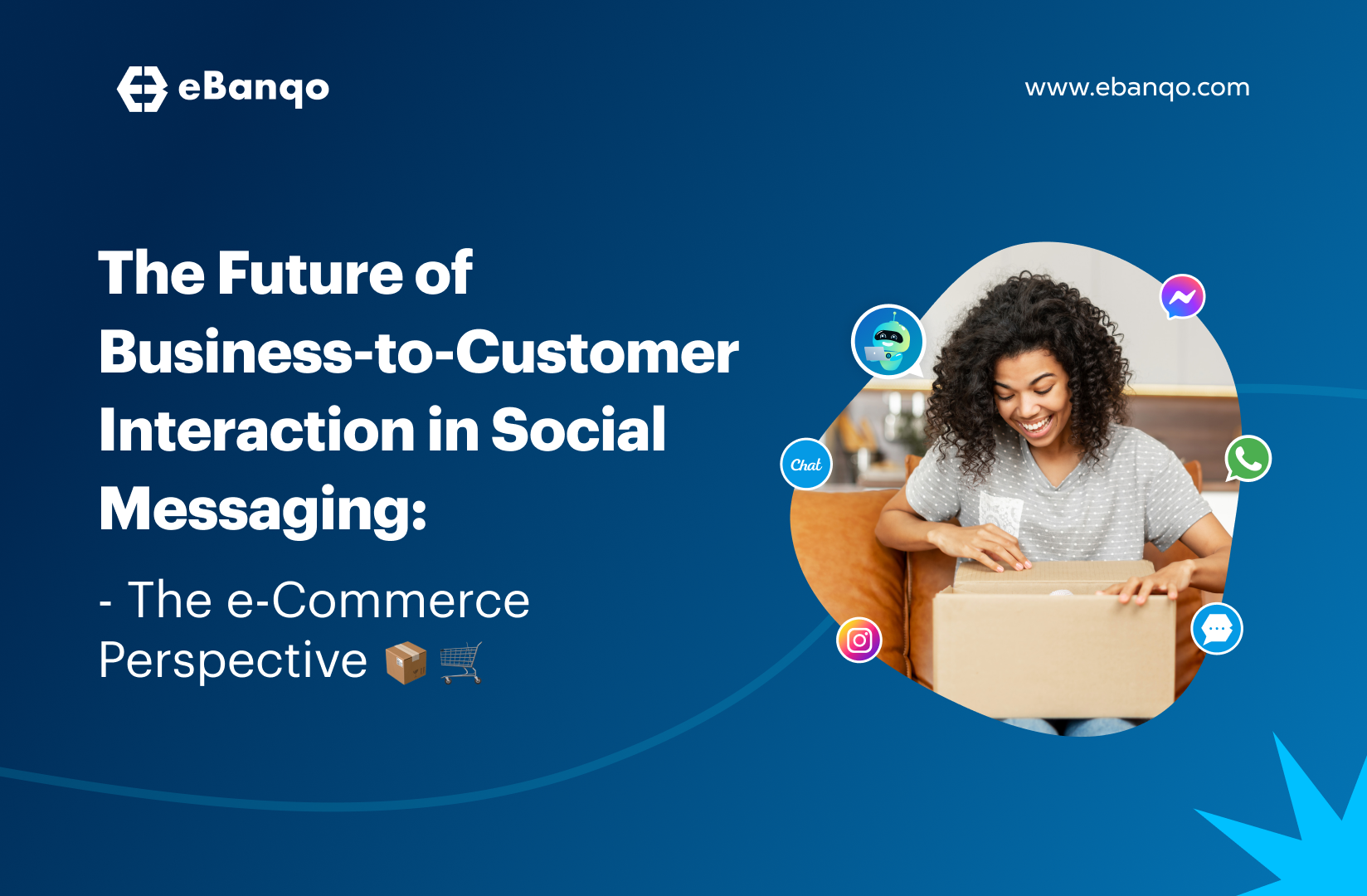
When businesses build their first chatbot, they are focused on their use cases – the functions and capabilities- of the chatbot. Oftentimes, little thought is given to the conversation which guides the use of the chatbot.
Chatbot conversation design is essential because it determines if your customer uses your chatbot or not. It guides your customer in the use of the chatbot right down to goal completion. If the conversation is poorly written or not engaging enough, your customers will drop off. How then, can chatbot conversation be designed to be stimulating, engaging and importantly, help your customers to complete an action easily?
What is conversation design?
To accurately define conversation design, it is best to define a conversation. A conversation is an interaction between two or more people in which ideas and information are exchanged. Chatbot conversation design, therefore, is a process of designing a conversation between customers and chatbots to mimic human interaction and communication.
It goes beyond what the chatbot will say in a certain situation. It extends to how and when it will say it. The purpose of chatbot conversation design is to make chatbots more interactive and humane in their engagements with customers.
Why is conversation design important?
Customers are not particular about the sophistication of technology. Their only interest is how well it solves their problem. Well-designed conversations guide your customers to goal completion. When it falls short of this, it leads to a poor experience.
A well-designed conversation makes interaction with your chatbots more enjoyable and results in the repeated use of your chatbot. Any well-written conversation can lead customers to goal completion, but giving careful thought to the conversation – injecting personality and a little humour where necessary- makes the conversation more delightful. To illustrate this, compare the two conversations below:

The first conversation despite being stilted lead the customer to goal completion. On the other hand, the conversations in the pink box are livelier, more engaging and relatable while still leading to goal completion.
How to design a chatbot conversation
To design a chatbot conversation, you need to define your users, use cases and determine the personality of your chatbot. We will examine each in detail.
1. Define your users: Users in this instance are simply your customers. You need detailed information about your customers: their communication style and expectations from a business. You can consult your marketing persona for this. Knowledge of your customers helps you design the best conversation and experience for them.
2. Define use-cases: Use-cases refer to the operations your customers can carry out in the bot. Knowledge of your customers helps you to know the important activities they would like to carry out in the bot. The activities Generation X folks will use a chatbot for varies from what Millenials will use it for. To decide on the use cases, look for the activities that your customers carry out most often. there is really no wisdom in including use cases that your customers won’t use.
3. Choose a personality: The personality of your bot is determined by your customers, brand and the purpose (use-case) of your bot. Even if you operate in a very formal sector, It is important to make your chatbot conversation personable. Find a fine balance between a formal tone and a bit of warmth.

4. Write conversations for each flow: A chatbot flow breaks down the use cases further. Represented with a decision tree, it shows the choices available to customers and the outcome of these choices.
The chatbot copy is where the conversation begins. In the copy, the personality of the chatbot is expressed It displays the personality of the chatbot and also moves the customer towards goal completion.
After researching your customers, defining use cases, settling on a chatbot personality and taking your brand voice into account, write a suitable copy for each use case.
Lego, for instance, built a sales chatbot called Ralph. Its purpose is to guide customers in the selection of the right gift. In order to move customers towards purchase, they have to select the perfect gift. To achieve this, it used lively conversations to learn about the customer’s preferences, helped in choosing the right gift and moved the customer to checkout.
3 tips to help you write a great chatbot conversation
1. The opening sentence: Think of your opening sentence as a first impression. This is an opportunity to show off your chatbot’s unique personality and set the tone for the rest of the conversation. If your chatbot’s greeting is warm and engaging, your customers will respond in kind and have a better chat experience compared to if it’s greeting is overly formal or mechanical.
It is also an opportunity to clearly state your chatbot’s capabilities so that the customer can be guided. When designing the opening sentence, introduce your chatbot, state what it can do and allow your customer to take an action.

There might be instances where your chatbot can perform numerous functions. Don’t cram all of them into the opening sentence. Rather, highlight the major ones and indicate the rest using a button.

2. Out of scope questions: Out of scope questions: customers are bound to ask questions that are not within your chatbot’s scope. This refers to questions or responses that the chatbot doesn’t understand or requests that are outside its scope. Your chatbot should clearly state that it doesn’t understand and offer the customer an alternative.
3. Closing sentence: Every conversation has an end. Design a memorable closing that encourages repeat engagement.
In designing your conversation, it is important to be consistent. Your chatbot shouldn’t have multiple personalities. Choose a personality and stick to it throughout. The same goes for words and sentences. Once you decide on a style, it should be the same throughout the conversation. For example, if you opt for the contracted style like “I’ve, I’m, I’ll” do not interchange it with its complete form -”I have, I am, I will”. Strive for consistency.
Key principles in chatbot conversation design
Humans are creatures of habit. When they encounter something novel- say a product- they rely on previous knowledge to interact with it. That’s why most chatbots are deployed on messaging platforms where users are already actively engaged in. Simply put, when people interact with technology, they bring the knowledge and nature of human interaction to the fore. They expect your chatbot to mimic human interaction. Here are some principles to consider when designing a chatbot conversation:
1. Mirror human conversation as closely as possible: This makes it intuitive as customers rely on existing models to interact with any new technology.
2. Consider the constraints of a chatbot: As much as we’d like to believe the opposite, chatbots aren’t perfect. In the first principle, we pointed out the need to mirror human conversations, it is equally important to note that a chatbot isn’t perfect.
Recognize the constraints of a chatbot and make provisions for it. For instance, in human interactions, there’s rarely a total breakdown due to misunderstood word or phrases, but in a chatbot, communication can come to a standstill because of this. As you design your chatbot conversation, you have to prepare for this with the appropriate response.
3. Keep conversations brief: Keep responses brief and straight to the point. Remove all unnecessary words and phrases. Do not cram a lot of information about your product and service into a response. Only include the most important details that will move the conversation forward. Make responses brief.
4. Include other words or phrases that signal the end or beginning of a conversation: For instance,” thank you” popularly signals that the conversation is over and almost all chatbots respond with “you’re welcome. Anything else?”. But some customers might decide on another variant that signifies the end of a conversation such as “nothing else, that’s it. I’m done/finished here”. You should account for these words and prepare the appropriate response.
5. Use familiar words and phrases: Use the exact kind of words your customers use. Avoid confusion and ambiguity as much as possible. If you’re unsure about the word or phrase to use in a group of similar/related words, use this google’s free tool that allows you to compare how often a group of related words are used in writing.
Chatbot conversation design isn’t merely a speech transcript. It simulates human conversation, trying as much as possible (considering technology constraints) to include nuances that make human conversation unique. This calls for the same words and level of formality or informality used in human conversations. When these principles are observed, the result is a chatbot that is helpful and delightful, while moving customers to goal completion





